
March 5, 2015, by Blue-Green team
Analysing public perception and biodiversity of SuDS
Among the scientific community, sustainable urban draining systems (SuDS) are becoming increasingly popular due to the significant advantages that these systems present in terms of biodiversity, amenity, water quality, and flood risk management.
However, the public may not be aware of these advantages.
The importance of public support for the implementation of any community project is crucial and understanding public opinion can provide information about what the general population value the most, which can then be included in the project design and potentially increase local buy-in. Taking this into account, a survey was conducted with a focus on two different groups: general and local population. The intention was to compare the opinions of people who have had access to the information (local) with those who have not (general).
The local group was formed of people living in the Hamptons, Peterborough, where there are a number of SuDS, all of them with information signs explaining the function and design of the installation (Figure 1).
Analysis of the survey results showed that there were not significant differences in the responses between the two groups. But why was this the case? Analysis of the interviews highlighted that making the information on SuDS functionality and design available to the public, such as via public signs, does not guarantee that it will be understood or even read. A more dynamic and direct campaign of information should be implemented instead.
Despite the general misinformation regarding this topic, the surveyed population positively rated SuDS influence on aesthetics, biodiversity, fresh air, leisure, and dog walking (Figure 2). In fact, naturalised areas were generally perceived more positively than other areas.
Community responses regarding SuDS maintenance
The responsibility for SuDs maintenance is also a key aspect to consider in its implementation. With the appropriate campaign, this thesis suggests that it is likely that the population would agree to contribute to the maintenance cost. Additionally, they would be more inclined to do so if the costs were shared with public entities such as the government or local councils (Figure 3).
Biodiversity and water quality
In addition to public perception, biodiversity and water quality were also analysed. Three lakes with different SuDs designs in the Hamptons were selected in order to perform invertebrate surveys and water quality analyses (Figures 4 and 5). With the data gathered, Shannon-Wiener Function (H), BMWP: Biological Water Quality and ASTP: Average Score Per Taxon were determined in order to analyse the ecological potential and the biodiversity of the lakes.
Water and biological quality were poor or very poor in the results (Figure 6). Shannon-Wiener Function results were inside a range from 1.17 to 2.82, 5 being the maximum and 0 the minimum score. Nevertheless, it is important to highlight that during this evaluation, the accepted standards for regular lakes and rivers were used. Often, SuDS are designed specifically to clean contaminated water or as part of a larger restoration project, and hence, may not always have the best water quality or conditions for invertebrate life. This will affect the ecological potential, which will differ from that of a regular body of water that is not exposed to these factors or designed in this way.
Specific standards for monitoring the water quality and biodiversity in SuDS are thus needed in order to empirically assess these environmental indicators.
Blog post by Sara Sánchez López based on her 2014 Masters Thesis “Analysing public perception and biodiversity of Sustainable Urban Drainage Systems (SuDS)” completed at Cranfield University.
No comments yet, fill out a comment to be the first

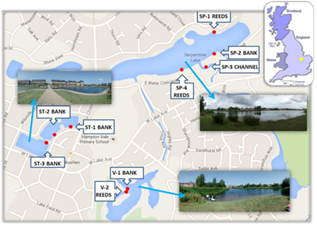
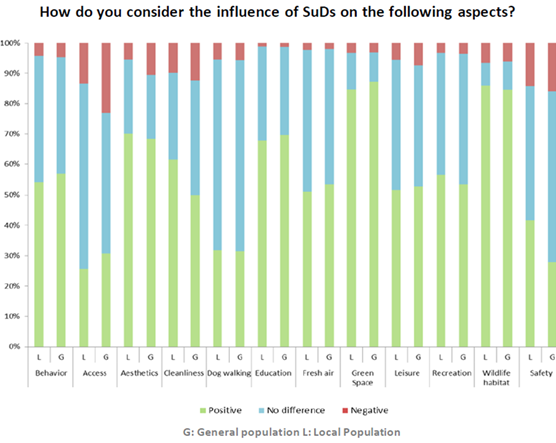
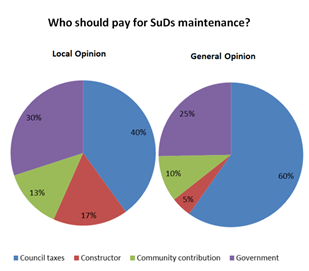
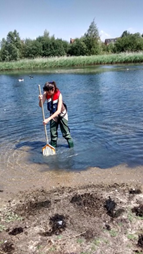
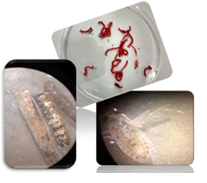

Leave a Reply